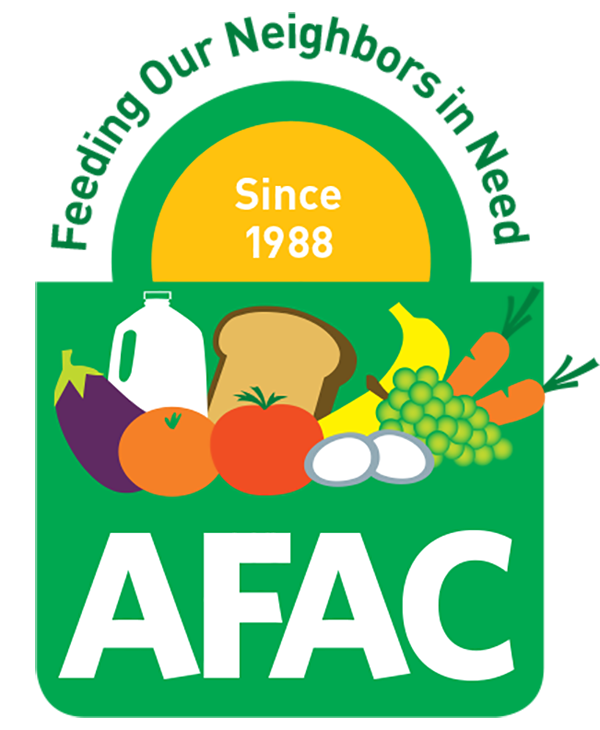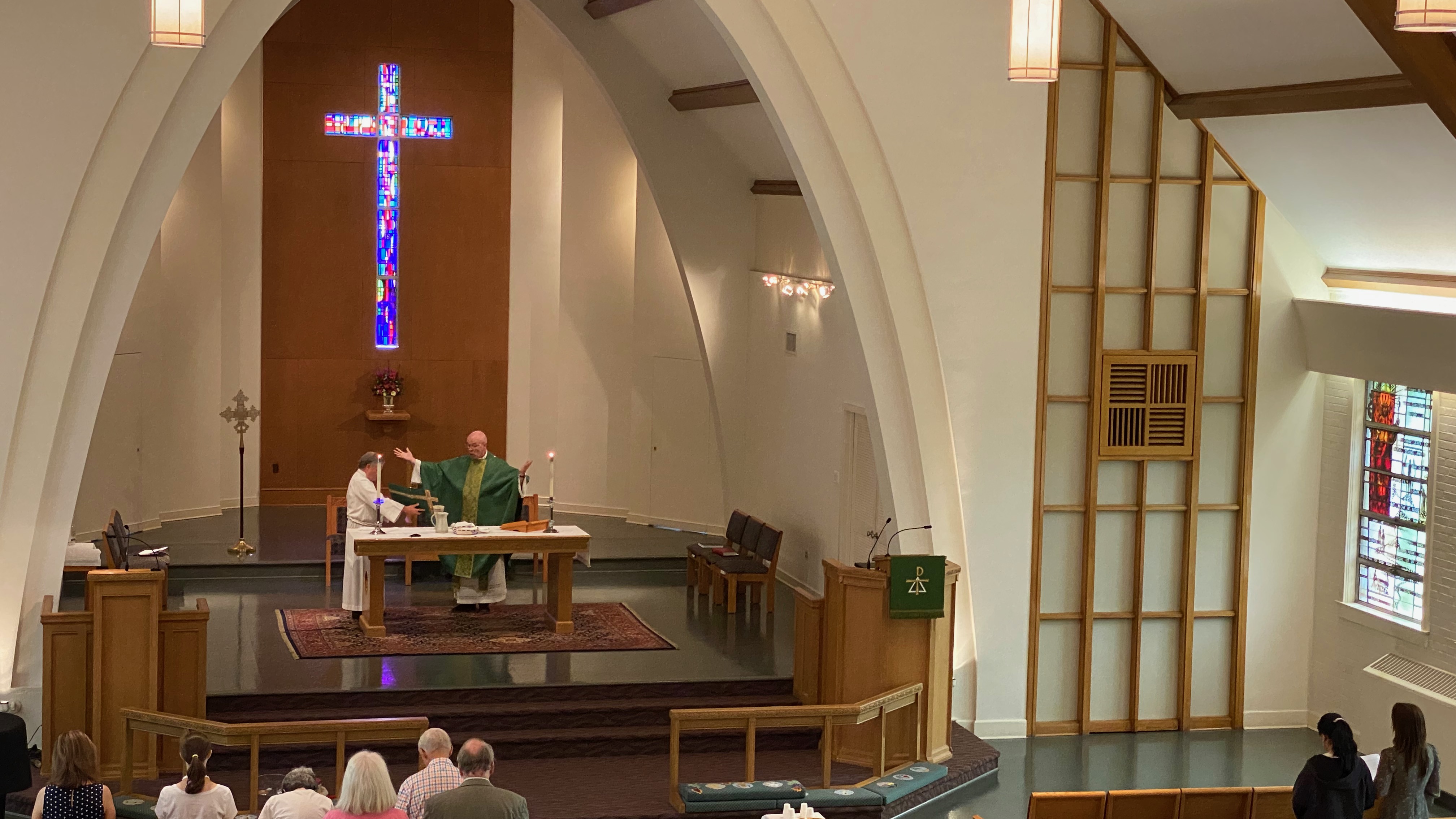Hymn of the Day: “Mothering God, You Gave Us Birth” ELW 735
Text: Julian of Norwich (1343-1419) Jean Janzen (1933) alterer
Tune: NORWICH, Carolyn Jennings (1936)
“Mothering God, you gave me birth in the bright morning of this world.” So reads the opening phrase of a text by poet Jean Wiebe Janzen. Ms. Janzen’s text has been associated with such contemporary issues as “feminism” and “inclusivity,” and some commentators have expressed discomfort with its unusual imagery. It may come as a surprise then that the inspiration for Ms. Janzen's text comes from the writings of a 14th-century mystic, Julian of Norwich (c. 1342–c. 1416).
Ms. Janzen was born on the central Canadian prairies and grew up in Mountain Lake, Minn. During her college years she fell in love with literature, and was especially enthralled by the writings of enigmatic poet Emily Dickinson. She went on to study with poets Peter Everwine, Philip Levine and C.G. Hanzlicek, and has grown into an established and celebrated poet in her own right.
As for the lyricist, Julian of Norwich lived a life of prayer and solitude at the church of St. Julian, from which she took her name. Scholar Anna Maria Reynolds described medieval England as a place of “violence, cruelty and pessimism,” these conditions heightened by the Hundred Years’ War (1337-1453) and the Black Death.
In light of all this, the colorful and encouraging words of Julian, informed by her solid faith, stand out in even sharper contrast. Scholar Austin Cooper called Julian “a very intelligent woman . . . of great warmth and charm whose religious experience is expressed with vivid precision and gentle humanity.” In 1373, the deathly ill anchoress experienced a series of 16 profound visions, later published as her Showings. Julian saw Christ as our “true mother,” saying, “The human mother will suckle her child with her own milk, but our beloved Mother, Jesus, feeds us with himself.”
Ms. Janzen was asked to contribute some new hymn texts for the 1992 Hymnal: A Worship Book of the Mennonite church, using the writings of some of the English mystics for inspiration. Ms. Janzen was enthralled by “the rich language of these mystics and their startling ways of speaking to God and about God.”
In this text, Ms. Janzen, a mother herself, weaves the metaphor of God as nurturing mother into a hymn describing the Holy Trinity. “When I read the words of Julian of Norwich as she refers to God as her mother . . . I was astounded,” Ms. Janzen said.
Carolyn Jennings is a Professor Emerita of Music at St. Olaf College where she taught for many years and also served in administrative roles, including Chair of the Music Department and Associate Dean for the Fine Arts. She also served as a church musician for over thirty years, at St. John's Lutheran Church in Northfield, Minnesota.
Over many years she has served on arts advisory panels, as a workshop presenter, and in leadership roles in several professional organizations. She has been active in promoting the use of inclusive language in texts for singing, and has worked to heighten awareness of how language shapes as well as expresses thought. She has been active in the American Choral Directors Association, the Music Teachers National Association, the Minnesota Composers Forum, the Association of Lutheran Church Musicians, and as a guest conductor and workshop leader.
Choir Anthem: Beautiful Savior, Robert Farrell (1945)
This composition features an original melody combined with a familiar and much-loved text.
Robert G. Farrell studied composition with Nikolai Lopatnikoff at Carnegie Mellon University. He graduated with degrees in Piano Performance and Music Education and taught music in the East Allegheny School District for thirty years. During that time, he also held various church positions in the Pittsburgh area as organist and choir director. Following his retirement from active church work, he became composer in residence for St. Paul's Cathedral in Pittsburgh. Farrell has composed hundreds of works in many genres, and his music for the church appears in the catalogs of a number of publishers.
Beautiful Savior,
King of creation,
Son of God and Son of all!
Truly I'd love thee, Truly I'd serve thee,
Light of my soul, my joy, my crown.
Fair are the meadows,
Fair are the woodlands,
Robed in flowers of blooming spring;
Jesus is fairer, Jesus is purer,
He makes our sorrowing spirit sing.
Fair is the sunshine,
Fair is the moonlight,
Bright the sparkling stars on high;
Jesus shines brighter, Jesus shines purer
Than all the angels in the sky.
Beautiful Savior, Lord of the nations,
Son of God and Son of all,
Glory and honor, praise, adoration
Now and forevermore be thine!
Opening Voluntary: “Stockton,” Noel Rawsthorne (1929-2019)
The tune “Stockton,” by Thomas Wright, is most often found paired with the text “O For a Heart to Praise My God” and sometimes with “In Christ there is no East or West.”
Christopher Noel Rawsthorne was a British liturgical and concert organist and composer of music for his own instrument, as well as choral music.
At the age of eight he became a chorister at Liverpool Parish Church which started his interest in the pipe organ. Two years later, he became a chorister at Liverpool Cathedral and started organ lessons under Caleb Jarvis.
In six years time later pursued organ studies under Harold Dawber after receiving a coveted exhibition. In 1949, he later became the Assistant Organist of the cathedral, and also received Associateship of the Royal College of Organists (ARCO) and was later elected a fellow (FRCO) in 1953.
He also studied in Italy with Fernando Germani and later in Paris with Marcel Dupré. He became Organist of Liverpool Cathedral in 1955, succeeding Harry Goss-Custard, and served in this capacity until 1980. Until 1993, Rawsthorne was Senior Lecturer in Music at St Katharine's College, Liverpool
Closing Voluntary: “Consolator,” J. Bert Carlson (1937-2017)
CONSOLATOR was originally set for solo voice to "Alma redemptoris mater" by Samuel Webbe, Sr. in his Collection of Motetts and Antiphons (1792). Thomas Hastings adapted the tune for use with Moore's text in Spiritual Songs for Social Worship (1831). CONSOLATOR is also known as ALMA and CONSOLATION, paired with “Come, ye disconsolate” in 998 hymnals.
Pastor Carlson ministered to many congregations for over 50 years in NJ, PA and IN. He was also an accomplished musician and published composer.






